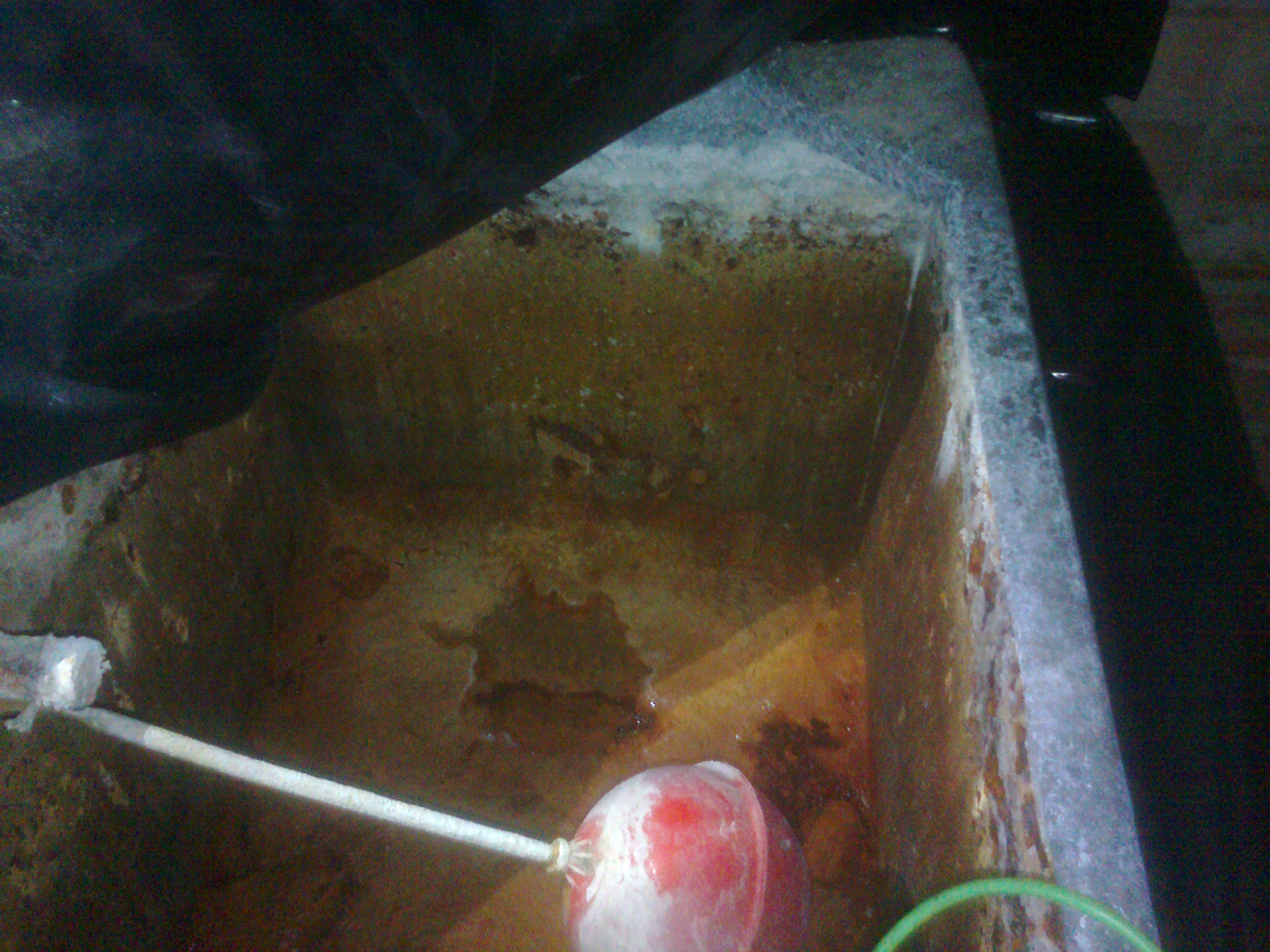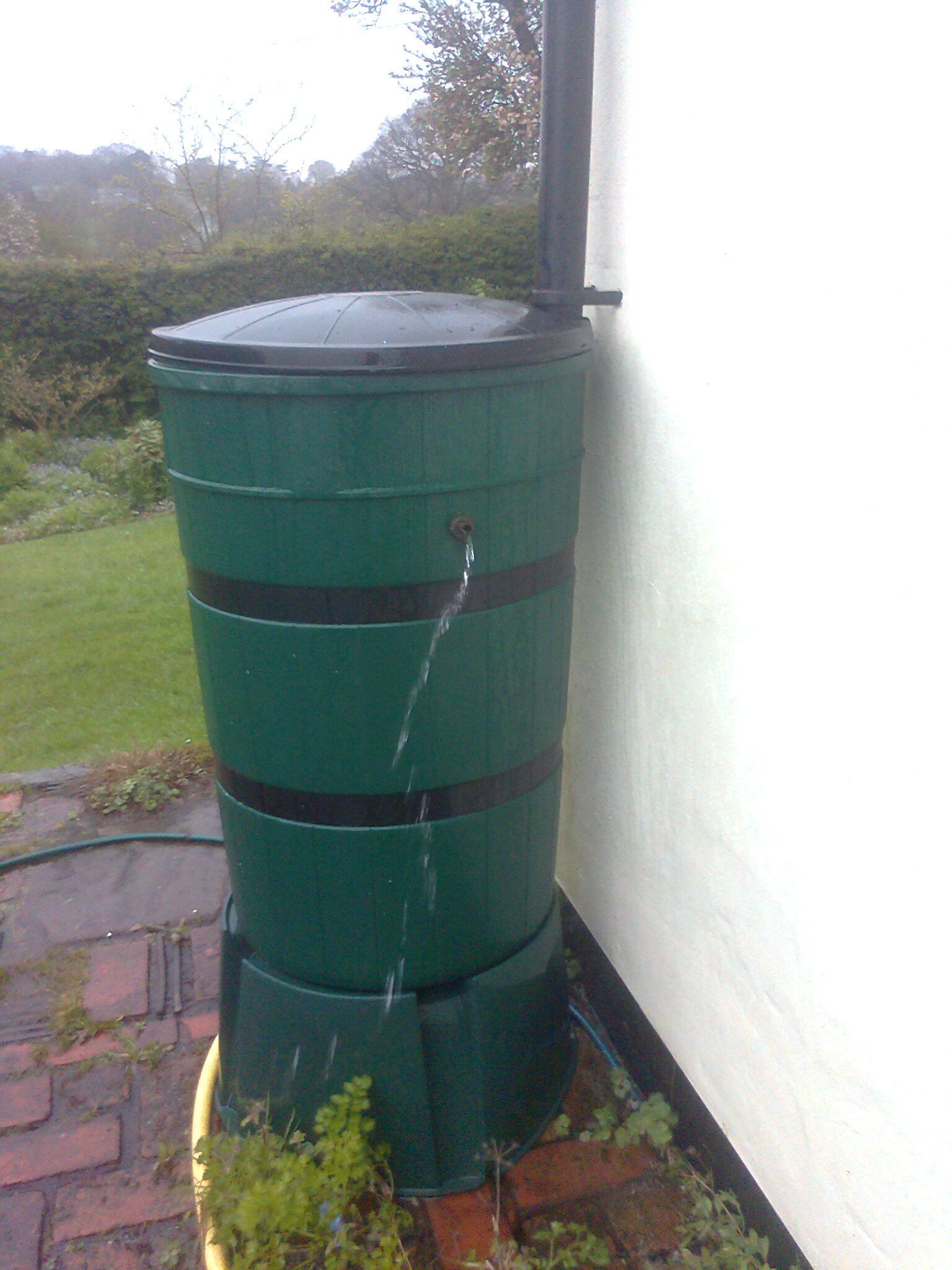BLOG 31st January 2013 Wood burning stoves have become very popular and in this wintry weather they will be doing overtime! Here are some useful tips to keep safe and get the most out of your stove and fuel. There are lots of different fuels available: briquettes; pellets; woodchip; wood and fossil fuels, e.g. coal. Ensure that wood is well seasoned and has a moisture content of less than 20%. Note that the use of green wood can damage flues and create a potential fire hazard within the chimney. Ideally a wood burning stove should be kept at between 110-250 ºC to be most efficient - if your wood burning stove does not have a thermometer, a magnetic one can be easily attached. It is very important to have the flue regularly swept. HETAS (Heating Equipment Testing and Approval Scheme) suggest twice a year in the burning season. Advice recently received from our local fire brigade suggests more frequently if the wood burning stove is in constant use. Lots of very helpful information and contacts can be obtained from the HETAS website www.hetas.co.uk. 3rd January 2013 When putting your decorations back into the attic, have a peek into your cold water tank - do you really want to brush your teeth using water that has been stored in this?!
30th April 2012 Waterbutts are a great way to collect rainwater for the predicted Summer drought, but if they aren’t properly installed, they can cause damp problems. If waterbutts are connected to the guttering downpipe without a proper overflow, then overflowing water can cause dampness to penetrate through house walls. More seriously, if the water overflows onto the ground for a longer period it can make the ground soft, which can then affect the foundations and cause structural movement in the building. So check that your waterbutt is properly connected! If your waterbutt has a diverter then make sure excess water goes back into the downpipe and to a suitable surface water drainage system. Overflow kits can be bought from most good DIY stores.
19th January 2012 Oil storage facilities should be supported on a sound, level base. The car jack and tree logs that have been used to tip the tank up to release the dregs from the tank and the out of balance of the two block walls is not good. Secondly storage tanks require to be a specified distance away from a combustible material. There is a timber fence to the rear of the tank. This tank is old and rusty and likely to fail. There are significant fines and legislative redress against tanks that leak, particularly where these are close to a water course or could run into drains. There are no indications that this tank has been recently inspected. These indicators would lead the Surveyor to conclude that upgrading is highly likely. Oil storage facilities should be maintained in good condition and periodically checked. For further information see the following useful sources of references:- A British Standard (BS5410 Part 1 1997) applies to oil storage tanks for home heating in addition to building regulation requirements and most of the guidance produced by OFTEC is based on this. OFTEC (Oil Firing Technical Association) at Foxwood House, Dobbs Lane, Kesgrave, Ipswich IP5 2QQ. Tel 0845 6585 080 Fax 0845 6585 181 or email enquiries@oftec.org Approved document Part J of the Building Regulations (2002) Combustion appliances and fuel storage systems The Control of Pollution (Oil Storage) (England) Regulations 2001 DEFRA guidance note on oil storage 16th November 2011 Tim's sideline in scrap metal dealing was moving upmarket...
20th October 2011 15th August 2011 8th March 2011 24th January 2011 9th December 2010 1st December 2010 18th October 2010 9th September 2010
|
Regulated by RICS, All rights reserved © Tim Stubbs Limited 2015
Comments about this website to




